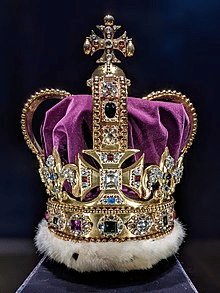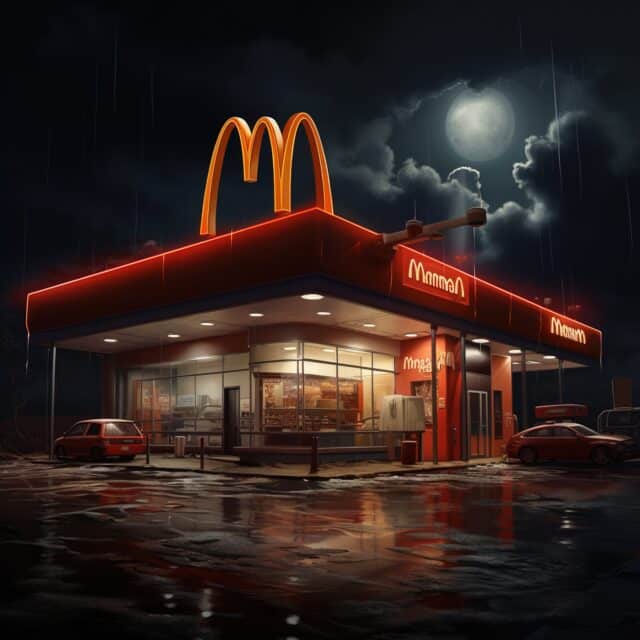The Colour Purple
It’s the second House Week of the year when we celebrate the House system and raise awareness of and support for a range of worthy causes. Monday’s assembly was the first in a series exploring the colours used by our Houses, beginning with the colour purple – used by Merrymeade – who were last year’s winners of the House Cup.
The word purple comes from the Latin ‘purpura’, which in turn derives from the Greek word ‘porphyra’. Both were references to a colour of dye, and in the case of the Greek it related to a secretion of a tiny snail called the spiny dye murex, thousands of which were needed to create even a small amount. The snails are only found in certain parts of the Mediterranean, and the practice of extracting the dye was mostly connected to the ancient city of Tyre, in modern-day Lebanon.
Given that it was so rare and therefore expensive to produce, purple was associated with royalty, prestige and power. Rulers including Alexander the Great and the Holy Roman Emperor Charlemagne wore Tyrian purple, as did the cardinals of the Roman Catholic Church. The crown of the British monarch is also adorned with purple velvet.
When the Ottoman Turks conquered Constantinople in 1453, however, production stopped, which is when the cardinals switched to wearing red.
It is also the case that relatively few animals and plants are purple – this is because it’s a non-spectral colour, meaning it has no wavelength of its own. Instead, it’s a combination of others on the visible light spectrum, particularly red and blue. While this isn’t unusual – several colours are combinations of others – relatively few natural structures reflect both red and blue light, hence it is quite rare for purple to appear naturally.
Man-made purple dyes – such as mauve – were invented in the 19th Century, and the impressionist movement embraced the use of the colour purple in their paintings, most notably Claude Monet, but the colour remains one of the least used to this day.
For example, there are only five national flags in the world that have purple in them, and even then it only appears in the smaller details. They are: Nicaragua, Mexico, Spain, El Salvador and Dominica, in case you’re wondering.
In addition, purple features rarely in the kit of sports teams – Fiorentina are one of the only football teams whose strip is purple, for example.
Perhaps the most obvious exceptions to this relative infrequent use of the colour purple are Cadbury’s Dairy Milk, which was given purple wrapping in 1915, as a tribute to Queen Victoria, whose favourite colour it had been; and the Purple Heart, the name of the award given to those wounded or killed while serving in the US military.
So, if you’re in Merrymeade, you may be pleased to know that your House colour has long been associated with power, royalty and prestige.
Most of us probably don’t spend much time thinking about colours, or at least not their historic use – the colour purple has an interesting history and its story touches on science, art, sport and, of course, chocolate! I’m sure everyone in Merrymeade House can relate to at least one of those.
Have a great weekend
Best wishes
Michael Bond




